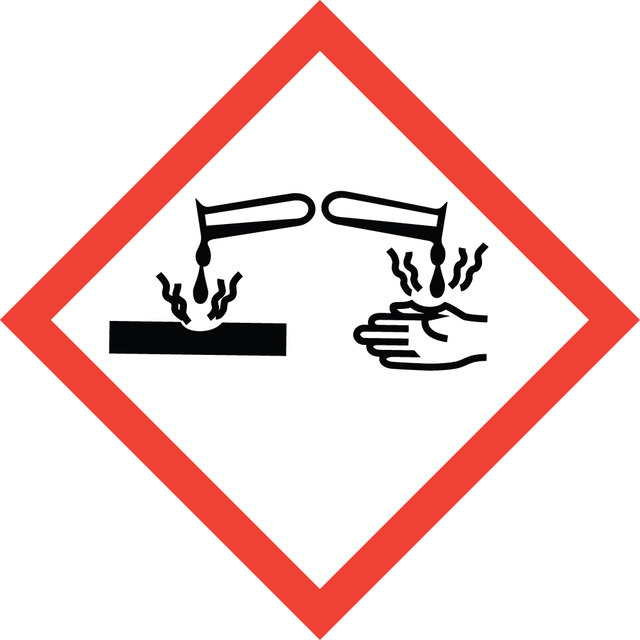471240
N-Butyldiethanolamine
≥98.6%
Synonym(s):
2,2′-Butyliminodiethanol, N,N-Bis(2-hydroxyethyl)butylamine
Sign Into View Organizational & Contract Pricing
Select a Size
Select a Size
Change View
About This Item
Linear Formula:
CH3(CH2)3N(CH2CH2OH)2
CAS Number:
Molecular Weight:
161.24
Beilstein/REAXYS Number:
1739642
EC Number:
MDL number:
UNSPSC Code:
12352100
PubChem Substance ID:
NACRES:
NA.22
vapor density
5.5 (vs air)
Quality Level
vapor pressure
1 mmHg ( 25 °C)
assay
≥98.6%
refractive index
n20/D 1.463 (lit.)
bp
273-275 °C/741 mmHg (lit.)
mp
−70 °C (lit.)
density
0.986 g/mL at 25 °C (lit.)
functional group
amine
hydroxyl
SMILES string
CCCCN(CCO)CCO
Looking for similar products? Visit Product Comparison Guide
Related Categories
General description
N-Butyldiethanolamine (N-n-butyldiethanolamine) is a tertiary amine. It acts as an N-substituted diethanolamine ligand. It reacts with chromium(II) and lanthanide(III)/rare earth salts (Ln = La, Ce, Pr, Nd, Sm, Eu, Gd, Tb, Dy, Ho, Er, Tm, Yb, Lu, Y) in the presence of coligands to afford three series of isostructural 1:1 3d(Cr(III))/4f(Ln(III)) coordination cluster compounds.
Application
N-Butyldiethanolamine (H2bdea, N-n-butyldiethanolamine) has been used in the synthesis of the following complexes (Hdnba = 3,5-dinitrobenzoic acid, Hpta = p-toluic acid, H2tpa = terephthalic acid):
- new mononuclear [Cu(Hbdea)2]·2Hdnba , dinuclear [Cu2(μ-Hbdea)2(N3)2] and [Cu2(μ-Hbdea)2(pta)2]·2H2O
- 1D polymeric [Cu2(μ-Hbdea)2(μ-tpa)]n·2nH2O copper(II) compounds
- tetranuclear 3d-4f single-molecule magnet (SMM) complexes
signalword
Danger
hcodes
Hazard Classifications
Eye Dam. 1
Storage Class
10 - Combustible liquids
wgk_germany
WGK 1
flash_point_f
265.1 °F - closed cup
flash_point_c
129.5 °C - closed cup
ppe
Faceshields, Gloves, Goggles, type ABEK (EN14387) respirator filter
Choose from one of the most recent versions:
Already Own This Product?
Find documentation for the products that you have recently purchased in the Document Library.
Our team of scientists has experience in all areas of research including Life Science, Material Science, Chemical Synthesis, Chromatography, Analytical and many others.
Contact Technical Service